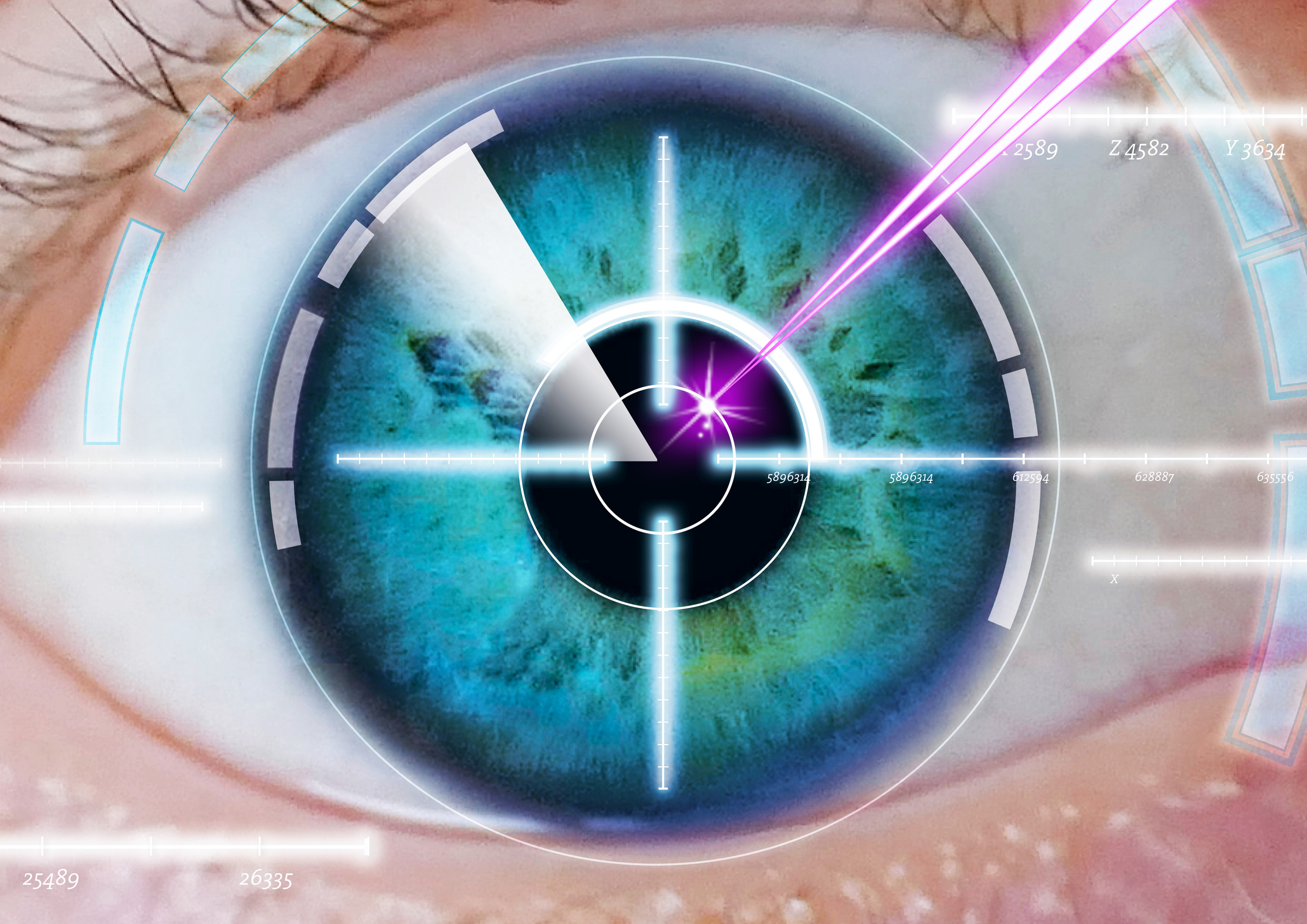Unveiling the Intricacies of Bioelectronic Devices for Retinal Stimulation
Introduction
Bioelectronic devices for retinal stimulation stand at the forefront of vision restoration, merging the realms of biology and electronics to address vision loss caused by retinal degenerative diseases. These groundbreaking technologies offer a beacon of hope for individuals grappling with conditions like retinitis pigmentosa and age-related macular degeneration, where conventional treatments often fall short. In this exhaustive examination, we embark on a journey to unravel the multifaceted world of bioelectronic devices, delving deep into their mechanisms, applications, advancements, and the challenges that lie ahead.
Understanding Bioelectronic Devices for Retinal Stimulation
- Neural Interface Technology:
- At the heart of bioelectronic devices lies neural interface technology, a sophisticated framework that enables seamless communication between electronic components and the neural circuitry of the retina. By translating visual information into electrical signals, these devices bridge the communication gap caused by impaired photoreceptors.
- Prosthetic Retinal Implants:
- Prosthetic retinal implants represent a cornerstone of bioelectronic vision restoration. These implants, intricately engineered arrays of microelectrodes, are strategically positioned on the retinal surface to directly stimulate surviving retinal neurons. Through precise electrical pulses, they elicit visual perceptions akin to natural vision.
- Optogenetic Approaches:
- Pioneering optogenetic approaches harness the power of genetic engineering to confer light sensitivity upon non-photosensitive retinal cells. By introducing light-sensitive proteins into targeted retinal neurons, these innovative devices enable selective activation in response to external light stimuli, thereby restoring vision in a controlled manner.
Applications and Advancements
- Treatment of Retinal Degenerative Diseases:
- Bioelectronic devices hold immense promise for individuals grappling with retinal degenerative diseases. By circumventing the compromised photoreceptor layer and directly stimulating downstream retinal neurons, these devices can restore visual function, enhance mobility, and improve overall quality of life for affected individuals.
- Advancements in Miniaturization and Biocompatibility:
- The relentless pursuit of miniaturization and biocompatibility has propelled bioelectronic devices into new frontiers. By leveraging microfabrication techniques and biocompatible materials, researchers have developed sleeker, more adaptable implants that seamlessly integrate with ocular tissues, fostering improved comfort, longevity, and biointegration.
- Wireless and Closed-Loop Systems:
- The advent of wireless and closed-loop systems heralds a paradigm shift in bioelectronic vision restoration. These cutting-edge technologies enable seamless communication between the implant and external devices, facilitating real-time monitoring of retinal activity and adaptive adjustments to stimulation parameters. This closed-loop feedback mechanism optimizes visual perception while conserving energy, paving the way for enhanced functionality and patient satisfaction.
Challenges and Considerations
- Long-Term Safety and Efficacy:
- Ensuring the long-term safety and efficacy of bioelectronic devices remains paramount. Comprehensive preclinical studies and ongoing post-market surveillance are imperative to assess device performance, mitigate potential risks, and refine implant design for optimal patient outcomes.
- Optimization of Stimulation Parameters:
- Fine-tuning stimulation parameters is crucial to achieving optimal visual outcomes while minimizing potential side effects. Iterative experimentation and computational modeling are instrumental in optimizing electrode configuration, pulse duration, and stimulation amplitude to strike the delicate balance between efficacy and safety.
- Regulatory Approval and Accessibility:
- Navigating the regulatory landscape and ensuring broad accessibility of bioelectronic devices pose formidable challenges. Collaborative efforts between researchers, clinicians, regulatory agencies, and industry stakeholders are indispensable in expediting the regulatory approval process, securing healthcare reimbursement, and fostering equitable access to these transformative therapies.
Conclusion
Bioelectronic devices for retinal stimulation epitomize the convergence of cutting-edge science and compassionate care, offering a glimmer of hope to those ensnared by the darkness of retinal degenerative diseases. As we embark on this transformative journey, let us remain steadfast in our commitment to advancing the frontiers of bioelectronic vision restoration, illuminating the path towards a future where sight knows no bounds.
World Eye Care Foundation’s eyecare.live brings you the latest information from various industry sources and experts in eye health and vision care. Please consult with your eye care provider for more general information and specific eye conditions. We do not provide any medical advice, suggestions or recommendations in any health conditions.
Commonly Asked Questions
Individuals interested in bioelectronic retinal implants should schedule a consultation with a qualified ophthalmologist or retinal specialist. These experts can assess candidacy, discuss treatment options, and address any questions or concerns.
Ongoing research and development efforts are focused on enhancing the functionality, durability, and biocompatibility of bioelectronic retinal devices. Advancements in materials science, wireless communication, and stimulation algorithms are driving innovation in this field.
Coverage for bioelectronic retinal devices varies depending on factors such as insurance provider, policy terms, and medical necessity. Patients are encouraged to consult with their insurance provider and healthcare team to determine coverage options.
While bioelectronic retinal implants can significantly improve visual function and quality of life for many individuals, they may not restore vision to its pre-disease state. The extent of vision improvement depends on factors such as disease severity and individual response to treatment.
How long does it take to see improvements in vision after receiving a bioelectronic retinal implant?
The timeline for experiencing improvements in vision after receiving a bioelectronic retinal implant varies among individuals. Some patients may notice changes shortly after surgery, while others may require a longer adjustment period.
Risks associated with bioelectronic retinal implants may include infection, inflammation, retinal detachment, or device malfunction. However, adverse events are relatively rare and are closely monitored by healthcare professionals.
The surgical procedure for implanting bioelectronic retinal devices is typically considered minimally invasive, though individual experiences may vary. It involves implanting the device onto the retinal surface or within the eye.
While bioelectronic devices show promise, they may not be suitable for every individual with vision loss. Factors such as the extent of retinal damage and overall eye health influence candidacy for these devices.
Bioelectronic devices hold promise for treating a range of retinal degenerative diseases, including retinitis pigmentosa, age-related macular degeneration, and diabetic retinopathy.
Bioelectronic devices bypass damaged photoreceptors to directly stimulate retinal neurons, offering a revolutionary approach to vision restoration compared to glasses or contacts.
news via inbox
Subscribe here to get latest updates !








